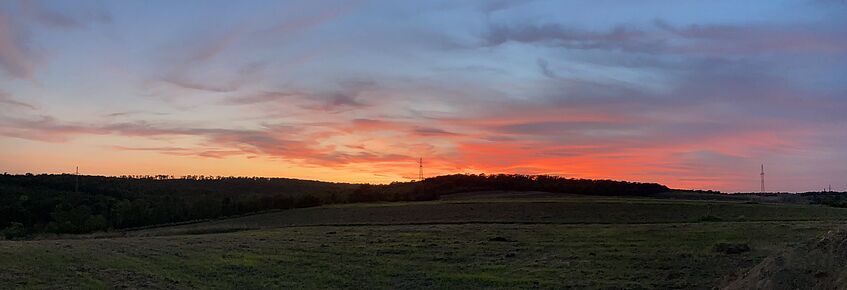Exploring Mid-Upper Palaeolithic Human Lifeways

The period from 36,000 year ago towards the Last Glacial Maximum sees changes in environmental condition with a general slow shift to colder and especially more arid climate. It is at present unclear how humans responded to this climatic downturn. However, the onset of the Mid-Upper Palaeolithic (i.e., Gravettian) around 36,000 years ago represents several major changes in the archaeological record related to shifts in human behaviour. These changes include more permanent site infrastructure, an increase in raw material transfer distances, the first documented use of plants as food in the European Palaeolithic, the first ceramic technology, and, in general, an increase in mobility. While Central Europe is home to the iconic sites of Pavlov, Dolni Vestonice (both Czech Republic) and Willendorf II (Austria) that have provided a wealth of knowledge, it is hard to evaluate what causes these changes based on the fact that these sites were – to a large degree - excavated a long time ago with minimal information about site formation processes. We miss newly excavated sites where we have the opportunity to apply state-of-the-art methodologies to control site formation processes and systematically sample for small debris fractions, wet-sieve and/or float all sediments, sample for biomarkers, etc. We study a number of sites including Willendorf II, Grub-Kranawetberg I, Grub-Kranawetberg II, Ollersdorf-Heidenberg, and Mitoc-Malu Galben that have the potential to provide significant data on human lifeways in the Gravettian.
We hope that our research will contribute to a better understanding to the following questions:
- How did human populations in Central Europe respond to the deteriorating climatic conditions?
- Are the changes in site layout and infrastructure related to longer site occupation or higher population density?
- Are changes in food acquisition related to environmental changes?
The Exploring Mid-Upper Palaeolithic Human Lifeways Project is co-directed with Marjolein D. Bosch (Research Group Prehistoric Identities, Department of Prehistory and WANA Archaeology, Austrian Archaeological Institute, Austrian Academy of Sciences). For collaborations on the individual sites, please refer to site webpages.
